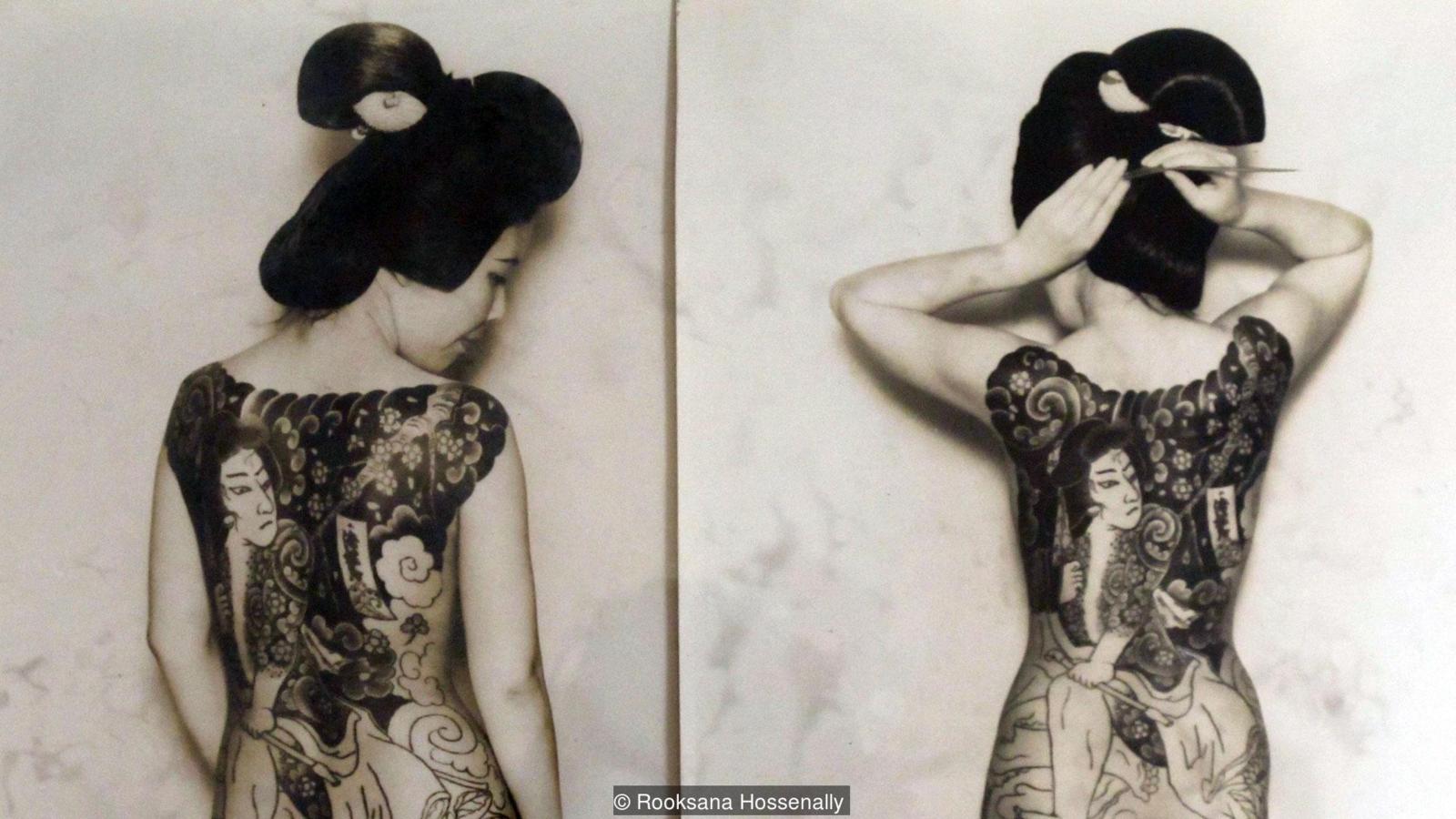the master of japan's ancient tattoo tradition
Tattoo master Horiyoshi III has spent his life using irezumi to keep alive Japan’s cryptic culture of dragons, street knights and samurai.

A taboo art form
While tattooing has been elevated to an art form in many Western cultures – even featuring in exhibitions at some of the world’s biggest museums and galleries – irezumi (tattoo) is looked down upon in Japan, with many Japanese perceiving it as a sign of intimidation or a connection to the underworld. In fact, the Mayor of Osaka, Toru Hashimoto, has been battling to ban tattoos from his city since 2012.

A symbolic history
Traditional Japanese irezumi differs from other types of tattooing as it is usually done as a full body suit or as an arm or leg sleeve, cut off at the neck, wrists and ankles in order to hide the artwork under clothes.
The tattoos are also full of symbolic meaning. Dating to before the Edo period (1603-1868), tattoos were used as a means of prison punishment. In the 18th Century, they became popular in Japan’s red light districts and began to incorporate figures from historical texts. These tattoos were created by carvers who made the wooden moulds used to produce Japan’s sought-after prints, depicting stories inspired by the philosophical and spiritual legends found in Kabuki theatre or ancient texts, such as The Chronicles of Japan, the second oldest book of classical Japanese history that dates from 720 AD.

The Yakuza connection
“Showing your tattoos in Japan is an assault on the viewer,” said traditional irezumi artist Alex “Horikitsune” Reinke. “You can’t show them in onsen (public baths) for instance – people would feel threatened and disrespected because traditional Japanese tattoos were worn exclusively by the Yakuza (Japanese mafia), for a long time.” Pictured here, members from the Takahashi-gumi Yakuza celebrate during the second day of Tokyo’s Sanja Festival.

A life’s work
Tattoo master Horiyoshi III has spent his life using irezumi to keep alive traditional Japanese culture – a cryptic history of dragons, street knights and samurai.
“Everything you draw has to come from the history texts,” Horiyoshi III said when I visited him at his studio in Yokohama City, about 40km south of Tokyo. He waved at the books that lined his studio’s walls. “This kind of tattoo is part of a ‘superhistory culture’, it’s a special sort of historical Japanese art. Today, Japanese culture is broken – people want tattoos to look dangerous, or cool, but it’s meaningless. Keeping Japanese history alive is why I continue.”

A secret worth the pain
I looked down at the colourful ink swirls that covered his client’s whole body. Yasuyuki Kawashima (pictured) has been coming to Horiyoshi III for six years. “My tattoo gives me strength, it’s my secret – just mine,” he said, after spending an hour with his hands rolled into fists to prevent passing out from the pain.

Celebrity style
Now 69 years old, Horiyoshi III’s career has spanned more than 40 years, sharing the historical Japanese art with everyone from Yakuza to rock stars. Renowned on the tattoo scene, people from all over the world have filed into Horiyoshi III’s studio, including US tattoo icon Ed Hardy.
When I visited the master at his pocket-sized studio I expect to find armies of apprentices lining up to satisfy the master’s every beck and call. But I was surprised to find myself alone with just him and his disrobed client. The master prefers to work alone.
Source:bbc.com